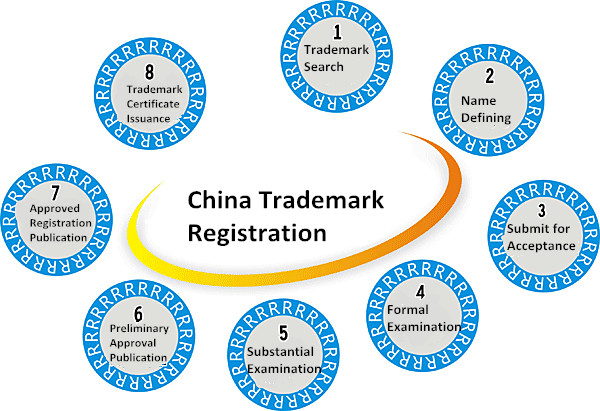UK Trademark Law
Hotline: 86-755-82143422,email: anitayao@citilinkia.com
United Kingdom trademark law provides protection for the use of trademarks in the UK. A trademark is a way for one party to distinguish themselves from another. In the business world, a trade mark provides a product or organization with an identity which cannot be imitated by its competitors.
A trade mark can be a name, word, phrase, logo, symbol, design, image, sound, shape, signature or any combination of these elements. In UK law, as in most common law countries other than the United States and Canada, the term is written as "trade mark", not "trademark".
Conferred Rights
The owner of a trade mark can legally defend his mark against infringements. To do so, the trade mark must either be registered, or have been used for a period of time so that it has acquired local distinctiveness. The extent to which a trade mark is defendable depends upon the similarity of the trade marks involved, the similarity of the products or services involved and whether the trademark has acquired distinctiveness.
A registered trade mark is relatively simple to defend in a court of law. An unregistered trade mark relies on the law of passing off (where one party's goods or services are presented in a way that causes confusion between them and the goods or services of another party). Rights have also been recently extended with regard to well-known trade marks.
Registrability of A Trademark
Some of the main objections that the UKIPO will make when trademarks are submitted for registration are usually related to the "distinctiveness" of the mark. An inherently distinctive mark is the easiest to register, as it has no prior meaning. These marks are not to be found in dictionaries. A good example of such a distinctive trademark is iPod.

Words that appear in the dictionary can still be registered. These arbitrary trademarks are meaningless in the context of their use.
Suggestive trade marks do not describe a characteristic of the product, but with some imagination, are identifiable with their connected product.
Descriptive trade marks use words that appear in the dictionary that describe the product to which they relate. They are usually difficult to register, and the registrar needs to prove that the mark has become distinctive through its long term use. Descriptive marks can be made distinctive by the addition of other elements to the name or logo.
Registering Trademarks in UK
The registration of trade marks in the UK is achieved through the UK Intellectual Property Office. If registration is accepted by the UKIPO, a number of exclusive rights are bestowed upon the trade mark owner. These rights allow the owner to prevent unauthorized use of the mark on products that are identical or similar to the registered mark.
Trade marks are registered in one or more of 45 classes. There are 34 classes of goods and 11 for services. These classes group products that are deemed to be similar in function, and are identified by their number. For example, the registration of a trade mark for a range of gymnastic and sporting articles is classified by the trademark registry in "class 28".
Contact Us
If you have further inquires, please do not hesitate to contact Tannet at anytime, anywhere by simply visiting Tannet’s website www.tannet-group.net, or calling Hong Kong hotline at 852-27826888 or China hotline at 86-755-82143422, or emailing to 2355735242@qq.com. You are also welcome to visit our office situated in 16/F, Taiyangdao Bldg 2020, Dongmen Rd South, Luohu, Shenzhen, China.